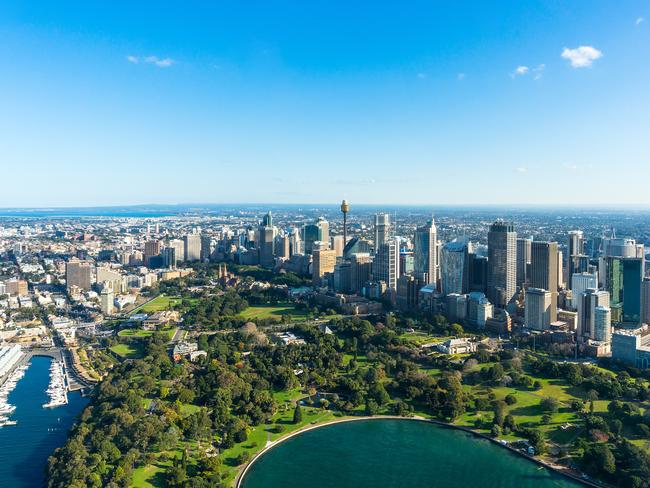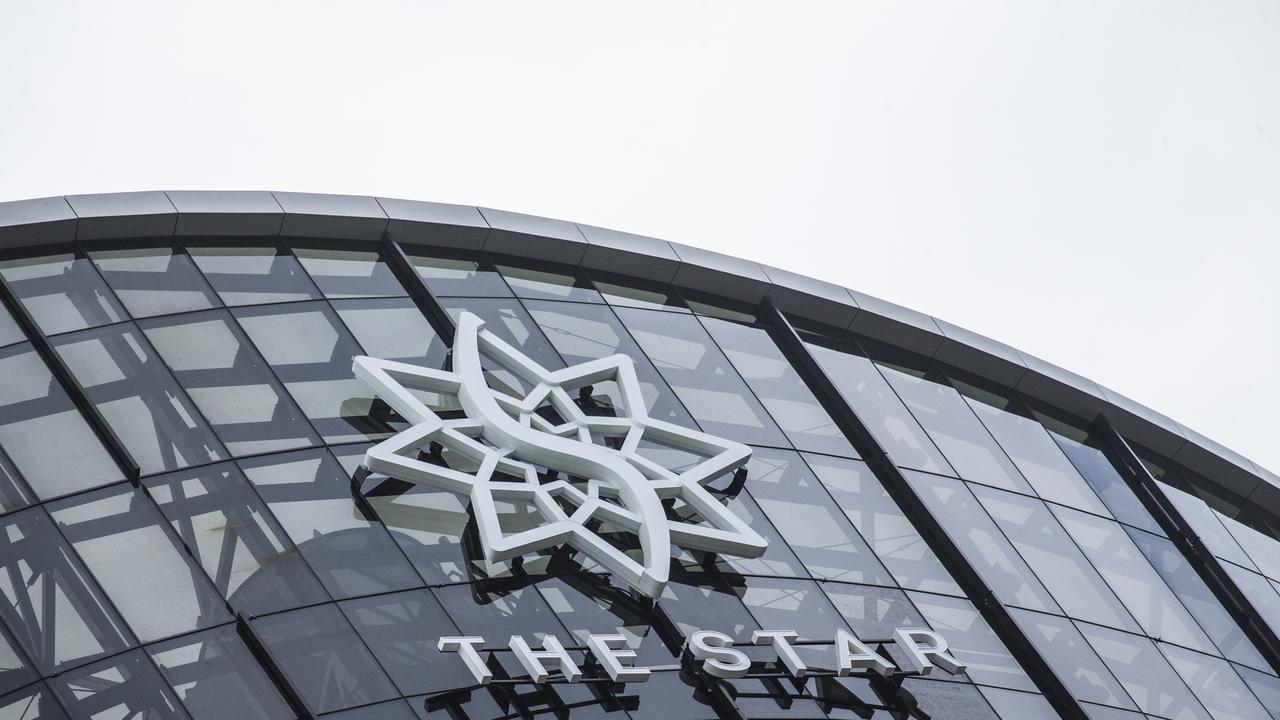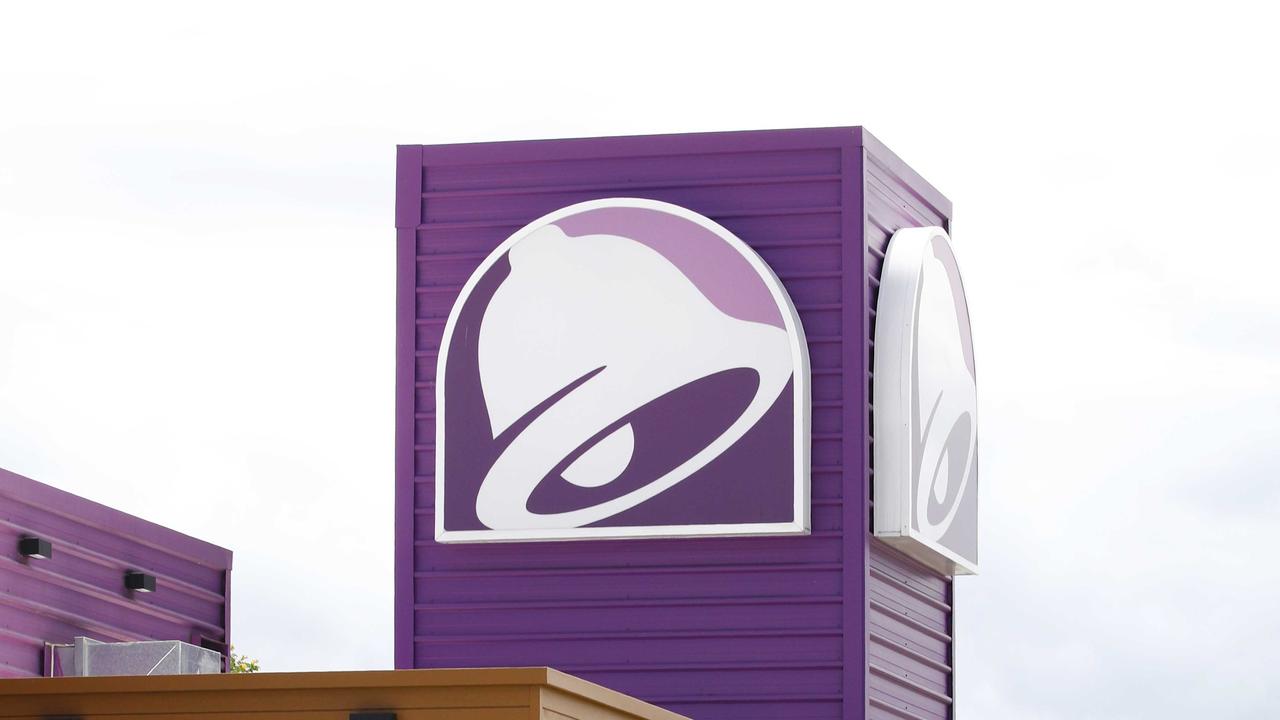Pay off your investment property quicker with Airbnb, says global index
A NEW study claims you could shave 19 years off your home loan if you rented your investment property through Airbnb.

YOU’RE better off renting your investment property out on Airbnb fulltime than getting a traditional tenant, a new study has claimed.
A global index from London-based online real estate agents, Nested, calculated how long it would take a property investor to recoup the property value based on average rental and Airbnb costs. It researched 75 international cities and named Sydney, Perth and Melbourne in the top 50 cities where a homeowner could recoup the cost of their investment property quicker by renting it out on Airbnb.
The data claims a three-bedroom home in Sydney could be paid off in just under seven years — or 80 months — through the homesharing website, but would take more than 26 years — 315 months — with a traditional tenant.
Similarly, a three-bedroom home in Perth could be paid off in a little over seven years through Airbnb as opposed to almost 24 years as a private rental.
In Melbourne, the results are similar. The data shows an investor could recoup the price of a three-bedroom home in just under 10 years — 117 months — through Airbnb, compared to 301 months — 25 years — with a traditional tenant.
Sydney was ranked 23 on the list, Perth was ranked 25 and Melbourne was ranked 43. Brisbane also made the list, but was lower down at number 57.
According to the data, it would take a Brisbane investor a little over 12 years to recoup the costs via Airbnb or just shy of 22 years through a private rental.
Topping the list was Durban, where it could take just 18 months to recover the cost of a three-bedroom home via the homesharing site. This compares to almost 14 years if rented out traditionally.
Nested came to these results by calculating the average price of a three-bedroom home and the average rent it could command through confirmed sales and new listings in each capital city over the past 12 months, as well as data from the World Bank, HSBC Property ROI Index and local property websites.
To conclude the average Airbnb rents, it looked at all available properties with the same specifications on the platform over the past 12 months and assumed the property would be rented at an 80 per cent capacity.

TOO GOOD TO BE TRUE?
According to data from independent tool, Inside Airbnb, which analyses publicly available information about a city’s Airbnb’s listings, 61.9 per cent of listings in Sydney are for entire homes and apartments, indicating an investment property rather than the “share economy”. And of those entire residences listed, the estimated occupancy rate is a measly 13.9 per cent. Much lower than the assumed 80 per cent occupancy.
However, that estimated occupancy rate is being dragged down by homes listed on Sydney’s fringe, which wouldn’t be rented on Airbnb nearly as often as homes in tourist hot spots in and around the city.
Tim Medway, spokesman for MadeComfy, a company which manages Airbnb listings on behalf of their clients, said it is in fact possible to achieve an occupancy rate of 80 per cent in those inner-city and Eastern suburbs areas.
“In hot spots like the inner-city/CBD suburbs Pyrmont, Chippendale, Darlinghurst, Surry Hills and Potts Point, it is definitely possible to achieve 80 per cent occupancy and above, as the impacts of seasonality are low due to the ongoing demand from tourists and business travellers who are always wanting to stay in these areas,” he told news.com.au.
“In suburbs outside these hot spots or such exposed to high seasonality fluctuations, the occupancy can vary quite a bit depending on the location. On average, we work to a 70 per cent to 75 per cent average for occupancy.”
But, he said, it can still be a risk even if you are investing in high-traffic tourist spots because it just isn’t as stable as traditional tenants.
“It depends on your risk profile. The higher returns from short term renting on booking platforms such as Airbnb are definitely achievable, however, there is no guarantee for the same income week by week due to the fluctuating occupancy rate. We inform our property owners in advance about the expected return and occupancy fluctuation to ensure they are aware of the risk and the expected cash flow.”
And aside from the occupancy rate and expected return, Mr Medway said there is a big difference in type of tenant between the two — and homeowners should factor that in too.
“The major point of difference between short term renting on Airbnb vs. long term, is that Airbnb is a hospitality service and guests are not long term tenants. Owners therefore need to be conscious of this when deciding to rent out their property on Airbnb and the expectations of guests,” he told news.com.au.
AIRBNB CONTROVERSY
The homesharing website, which is actually technically illegal in many local council areas across the country, has come under a lot of fire in recent years for inflating the cost of rent and pushing up house prices.
Research conducted by the University of Sydney’s Urban Housing Lab into the impact of Airbnb on Sydney’s rental market, published this month, has made a case for closer scrutiny of the short-term rental industry.
“While it is recognised that not all forms of online homesharing have had a serious impact since 2011, it is clear that providers like Airbnb are not helping the affordability problem facing many Australians on low incomes,” Professor Nicole Gurran of Urban and Regional Planning and Policy in the University’s School of Architecture, Design and Planning said.
“Our research has provided an early indication of the impact and the findings do call for further analysis of the implications of online homesharing for local communities and the housing market.”
The research showed that nearly one third of Airbnb listings in greater Sydney are held by owners of multiple properties, with frequently listed rentals offering a lucrative income of $600 more per month than permanent rental incomes.
It also concluded that the number of Airbnb properties potentially removed from Sydney’s permanent rental market amounts to approximately half of the available rental properties.
At the time of the research, it was found that in the city of Sydney, a total of 1,268 properties were available on Airbnb, which is equivalent to 144 per cent of the city’s vacant rentals.
But on top of driving up rents and taking listings off the private rental market, the report also claimed Airbnb is contributing to rising house prices.
Over time, it said there is a risk that the mortgage relief or subsidy of housing costs gained by property owners will drive up property values, making these suburbs “unaffordable for the next generation of wishful homeowners”.
But a report by the Grattan Institute, published in 2016, disagrees. Despite admitting that most Airbnb listings are not primary residences — with many of these even listed by people who have more than one listing — the think tank said the impacts on rents are likely to be “modest”.
“Any rent increases caused by the rise of short-stay rentals are likely to be localised or small,” the report stated.
“Short-term use of housing is a small fraction of the citywide housing stock. The 25,000 Sydney bedrooms — including those listed part-time — listed on Airbnb comprise about half of one per cent of Sydney’s four-and-a-half million or so bedrooms, and about 2 per cent of Sydney’s rental housing capacity.
“A demand increase of that size is unlikely to cause rents to rise much across the city.”



